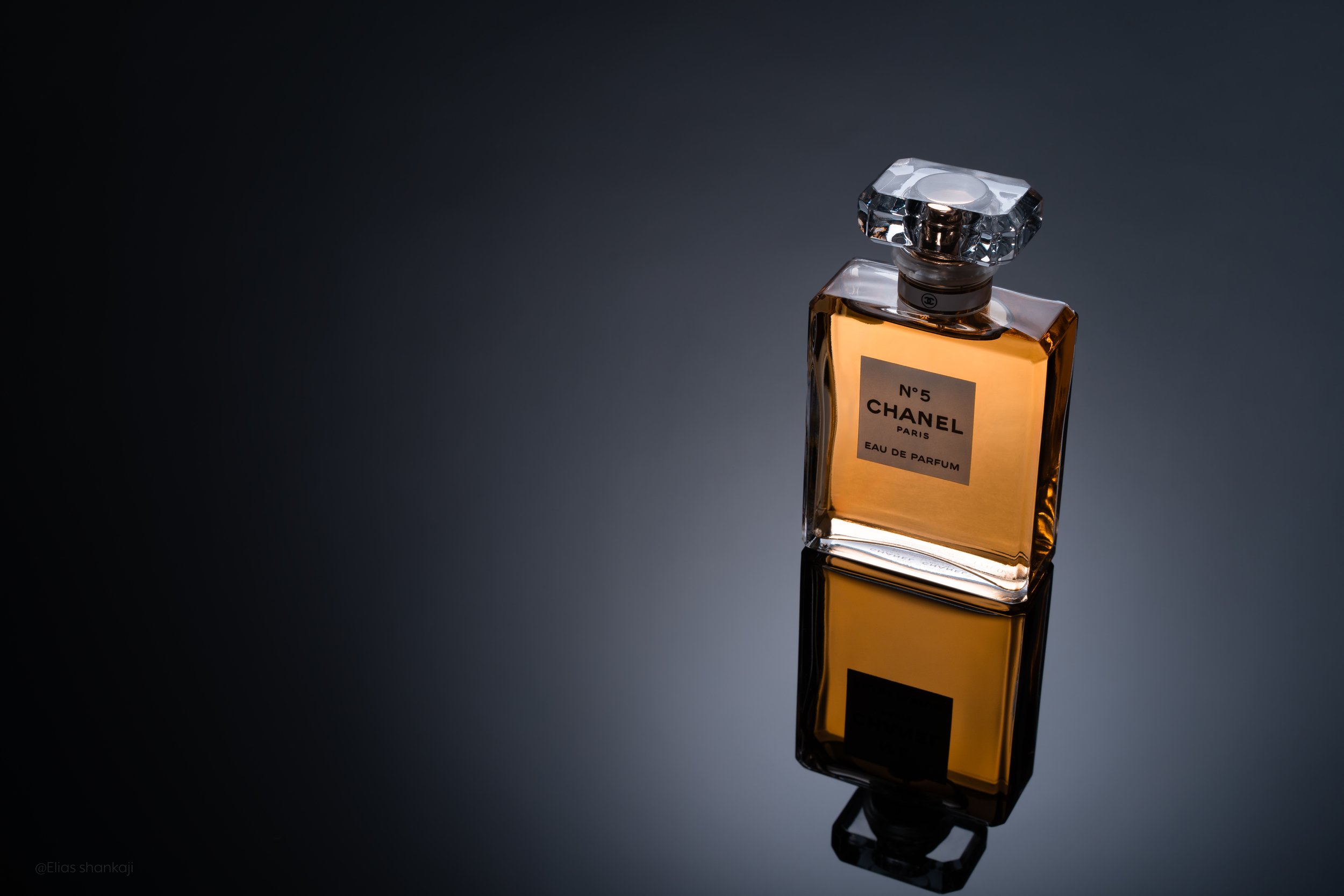The Power of Color: Exploring Color Theory in Photography
Color is an essential element in photography, and understanding color theory is crucial for producing compelling images. Color theory involves the study of how colors interact with each other and the emotions and moods they can evoke. In this blog post, we will explore the basics of color theory in photography and how you can use it to create visually stunning images.
The Basics of Color Theory
Color theory is based on the color wheel, which is a diagram that shows the relationship between primary, secondary, and tertiary colors. The primary colors are red, blue, and yellow, and they cannot be created by mixing other colors. Secondary colors are created by mixing two primary colors, and they include green, orange, and purple. Tertiary colors are created by mixing a primary color with a secondary color.
The color wheel is divided into warm and cool colors. Warm colors include reds, oranges, and yellows, while cool colors include blues, greens, and purples. Warm colors are associated with energy, excitement, and warmth, while cool colors are associated with calmness, relaxation, and serenity.
Color Harmony in Photography
Color harmony is the way colors are combined in an image to create a pleasing visual experience. There are several color harmony principles that photographers use to create visually stunning images.
Complementary colors are colors that are opposite each other on the color wheel, such as red and green or blue and orange. When complementary colors are used together, they create a strong contrast that can be visually striking.
Analogous colors are colors that are next to each other on the color wheel, such as blue, blue-green, and green. Analogous colors create a harmonious and calming effect in images.
Monochromatic color schemes use only one color in different shades and tones. This creates a simple and elegant look that can be very effective in black and white photography.
Triadic colors are three colors that are evenly spaced on the color wheel, such as red, yellow, and blue. This color scheme creates a balanced and dynamic look that can be visually pleasing.
Emotional Effects of Color in Photography
Colors can evoke different emotions and moods in viewers, and photographers can use this to their advantage to create powerful images.
Red is associated with passion, love, and excitement. It can also signify danger and urgency.
Orange is associated with warmth, happiness, and excitement. It can also signify energy and enthusiasm.
Yellow is associated with joy, happiness, and sunshine. It can also signify caution and warning.
Green is associated with nature, growth, and harmony. It can also signify envy and jealousy.
Blue is associated with calmness, serenity, and trust. It can also signify sadness and depression.
Purple is associated with luxury, royalty, and creativity. It can also signify mystery and spirituality.
Using Color Theory in Photography
Understanding color theory can help you make informed decisions about the colors you use in your photographs. Here are some tips for using color theory in your photography:
Consider the emotional effect you want your image to have and choose colors that will help you achieve that effect.
Use complementary colors to create a strong contrast and draw the viewer's eye to a specific area of the image.
Use analogous colors to create a harmonious and calming effect in your images.
Use monochromatic colors to create a simple and elegant look in your black and white photography.
Use triadic colors to create a balanced and dynamic look in your images.
In conclusion, color theory is an essential element in photography, and understanding it can help you create visually stunning images. By considering the emotional effect of color, using color harmony principles, and experimenting with different color schemes, you can create images that are both aesthetically pleasing and emotionally engaging.








